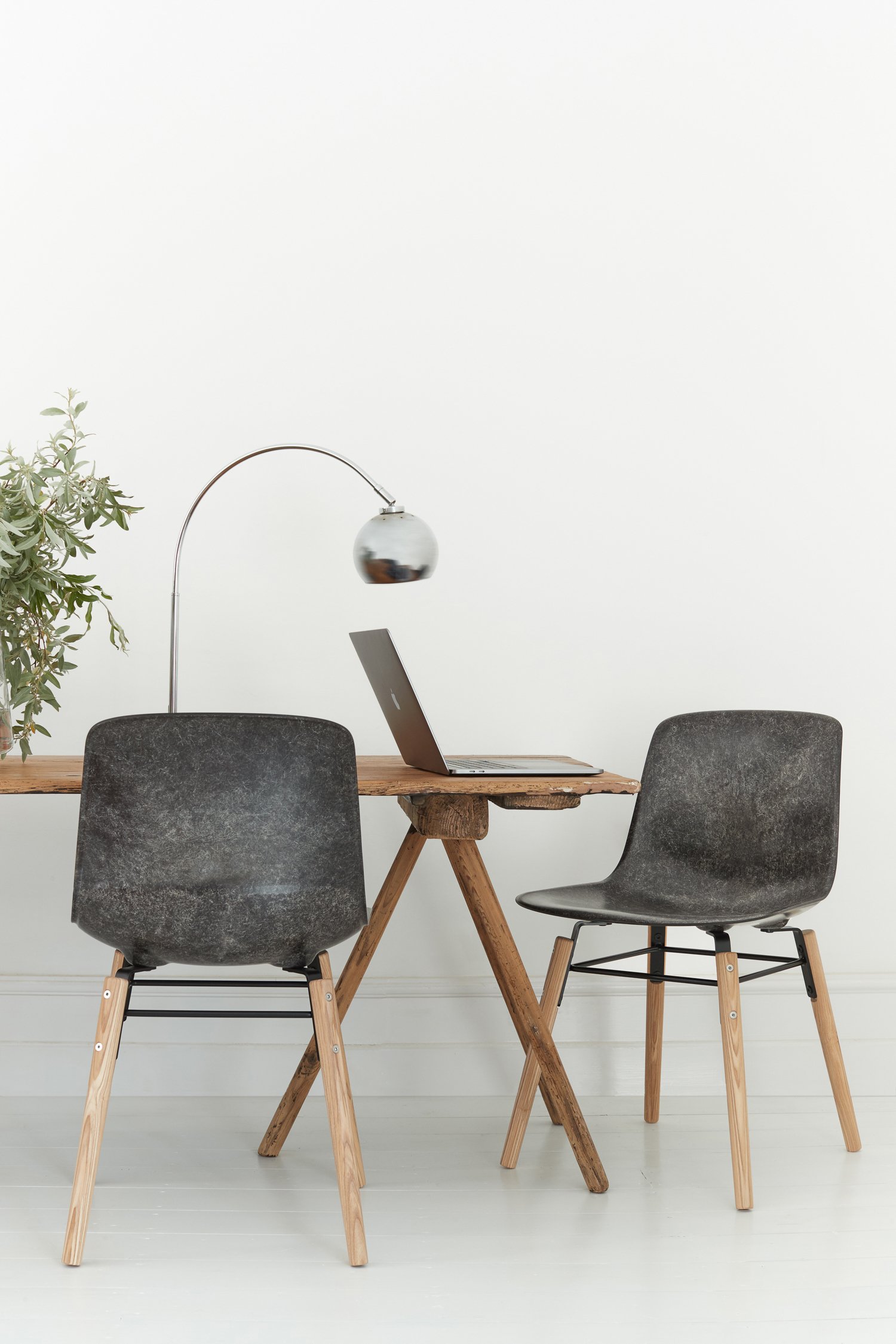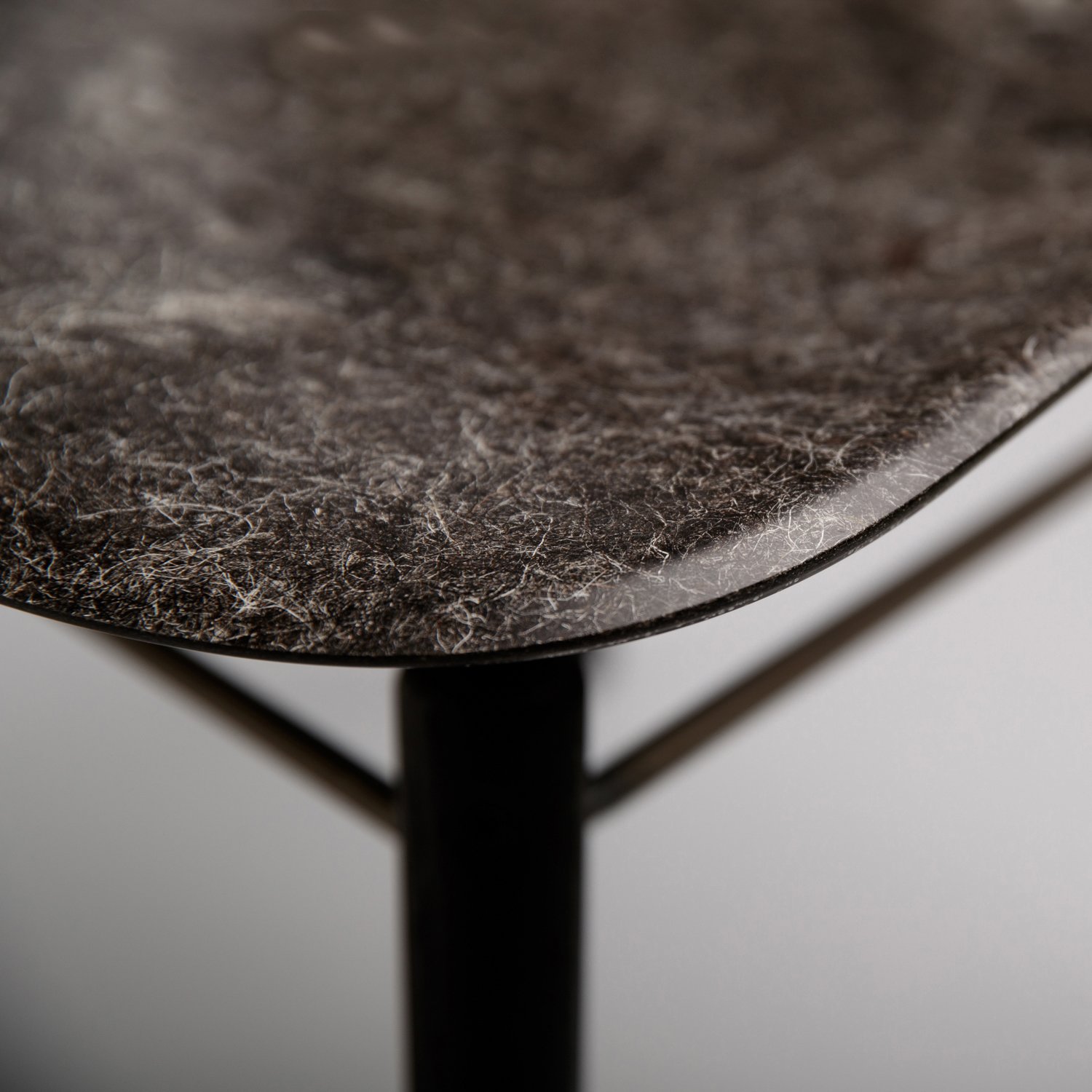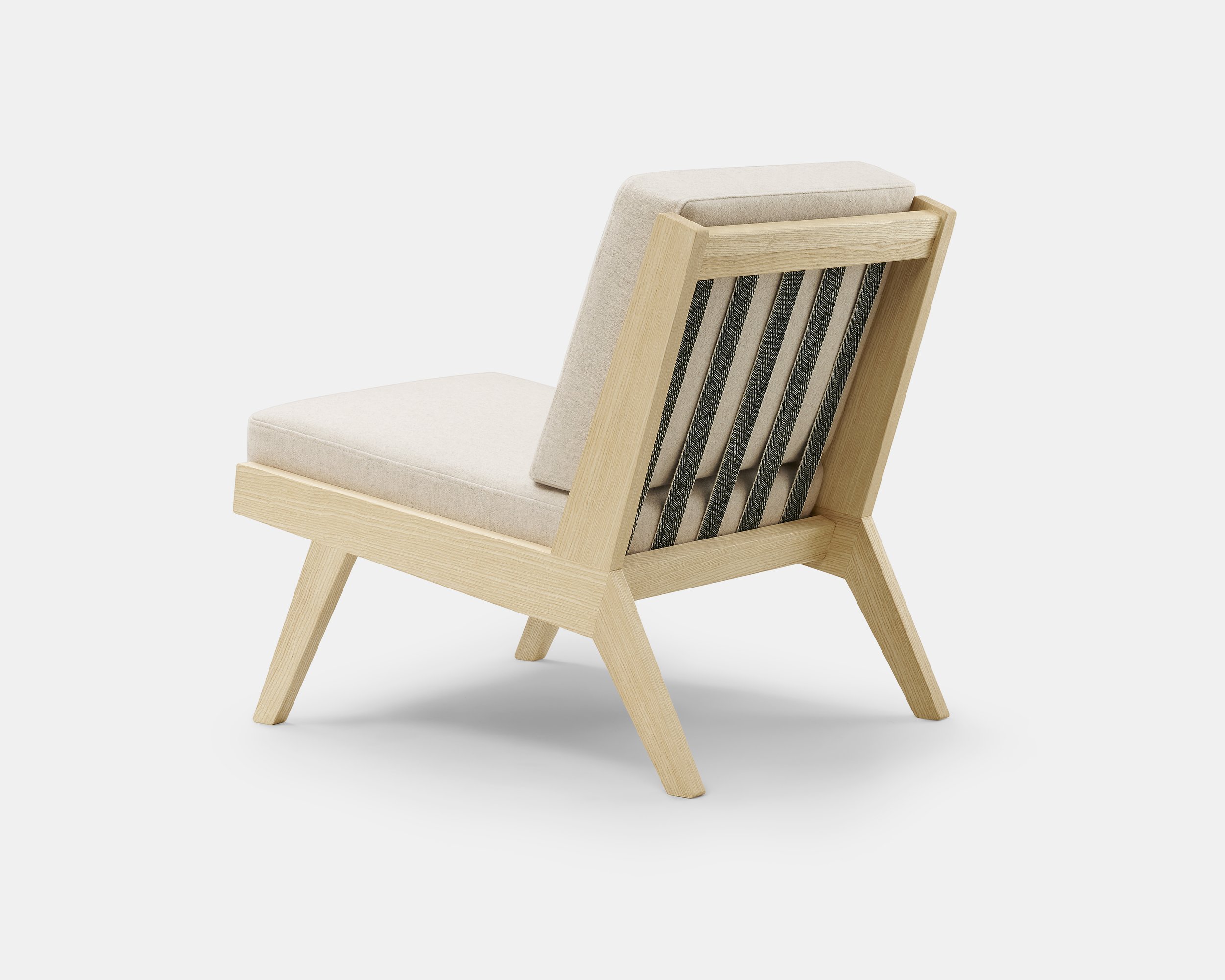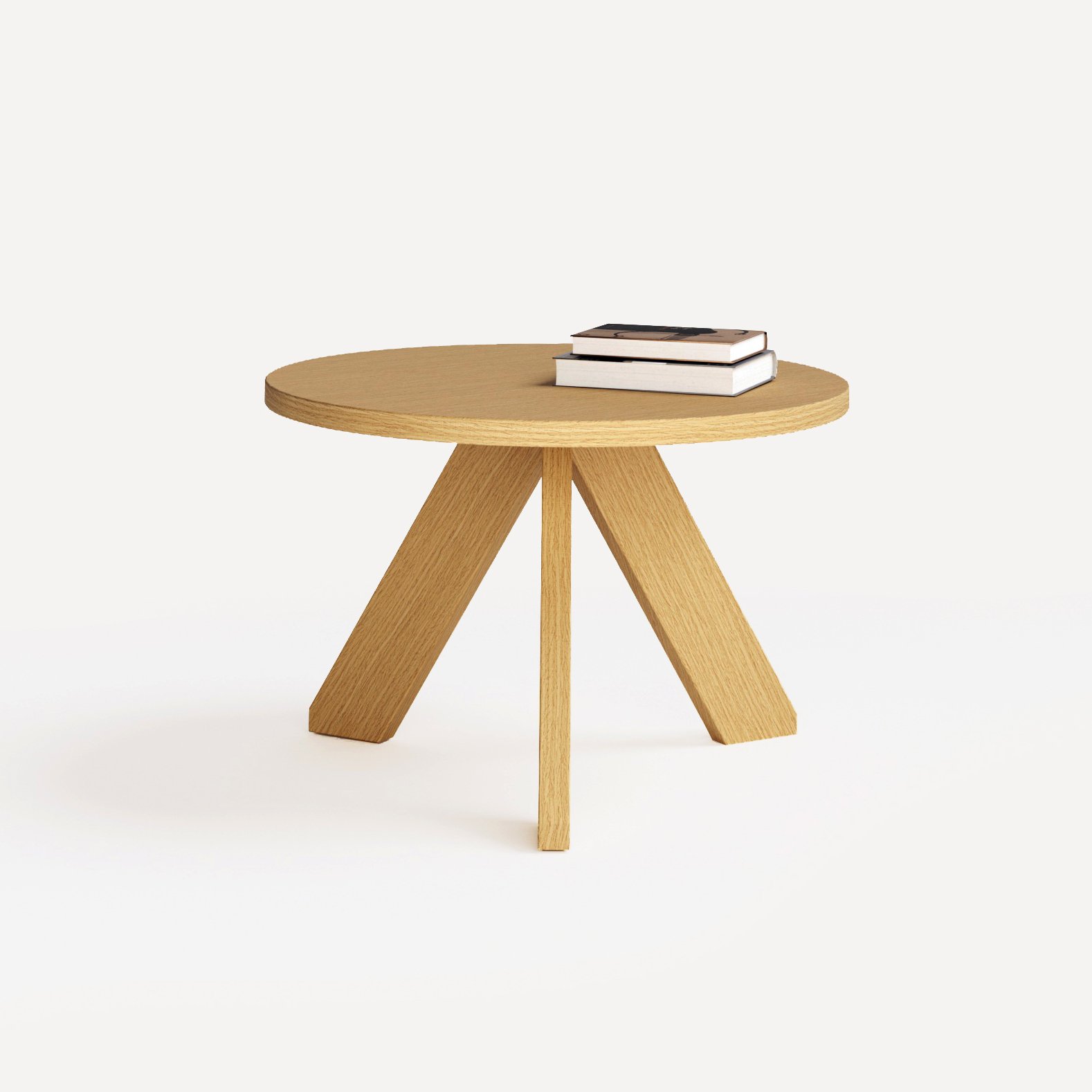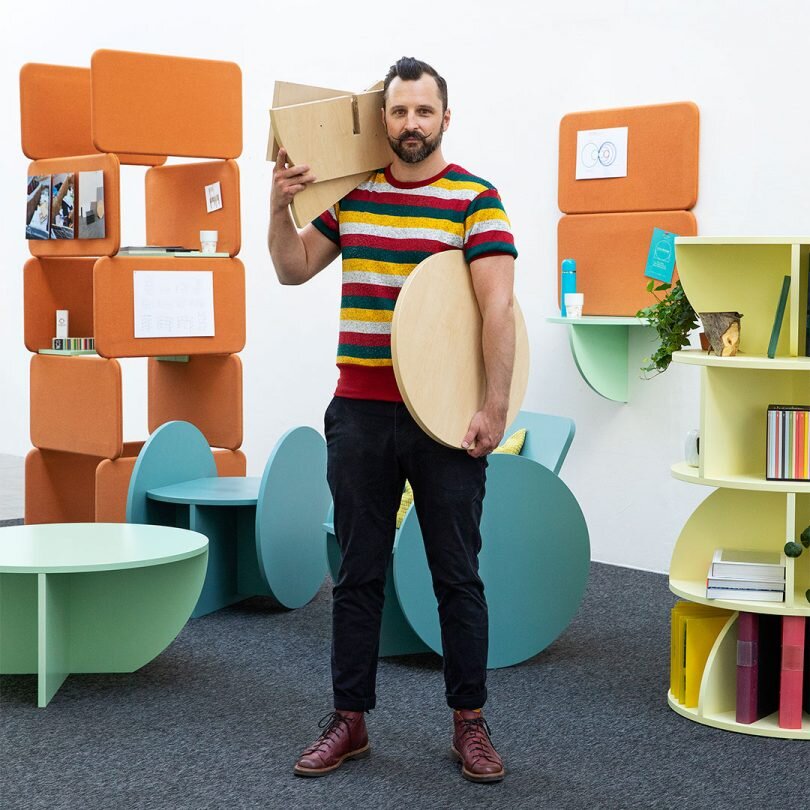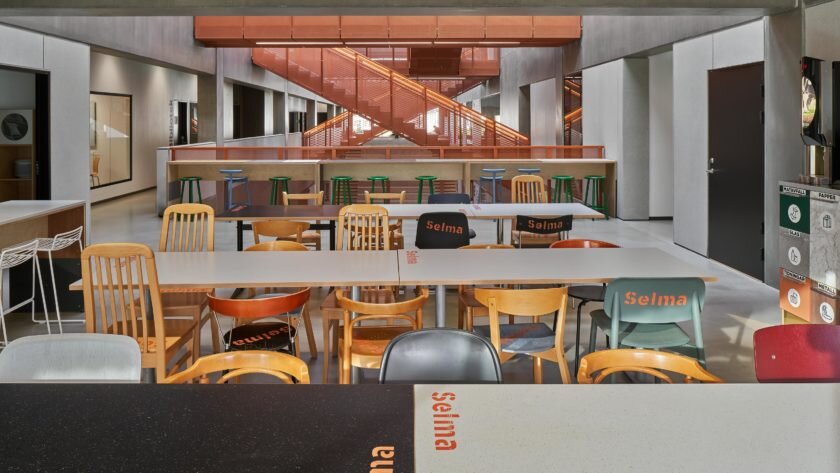Adopting the Mission based approach developed by NASA and the US government to put a man on the moon may solve the problems stopping greater use of second- hand furniture.
In her book ‘Mission Economy: A Moonshot Guide to Changing Capitalism’, Mariana Mazzucato, Professor of Economics at UCL and founder of The Institute for Innovation and Public Purpose, writes that ‘problems require not just technological, but also social, organisational and political innovations’ and draws a parallel with the US mission to put a man on the moon. In order to succeed, the US government partnered with, invested in and incentivised the private sector.
This true collaboration relied on an open and fair commercial relationship that put the mission’s goal above individual companies’ ambitions, accepting that there will be failures along the way but acknowledging that rewards would be shared amongst the actors involved. Could this be the answer to unblocking the systematic use of pre-owned furniture in commercial projects?
We’ve established the mission: To Reuse Commercial Furniture. We’ve agreed that this is an essential contribution to reducing carbon generation and that if we’re going to limit the global temperature growth in line with the Paris Agreement, we need to make this happen. Next, we need to get the actors together who can make this possible. The client and the specifier, the project manager, the furniture dealer (2nd hand and new), the new furniture manufacturer and lastly, the government.
Annie Beavis of the fantastically named Not Sustainable consultancy, acknowledges the competitive tension of sharing IP but says that we’ve all got to be bigger than that. Tom Potts from UK manufacturer Orn, put it brilliantly “when we design, we all use the same raw materials, it’s how we put them together that differentiates us”.
All need to accept that each will play a part in the mission’s success and agree that they will benefit from an open commercial relationship. There is an element of risk, of course there is, but the risk of not doing this is far greater. The big player in our team is the government; we need help and support. Jonathan Hindle, Chair of British Furniture
Confederation and MD of KI Europe, told me once that if you go to Government you need to have an ‘ask’, don’t just go with a problem for them to solve. Here’s the Ask: Adopt a venture capitalist approach to investment. Don’t be afraid to fail if the win is a big win and when you win take a share of the gains and drive that back into investment. I’m often faced with the challenge of a remanufactured chair costing not much less that a new equivalent. Let’s forget the carbon saving for a moment and think about inequity of this comparison. If the true value of the new chair includes the cost of the adverse environmental effects of its production then the remanufactured piece would become more cost effective. This is known as the Pigovian tax system whereby a tax is placed on the businesses and individuals “for engaging in actions that produce negative externalities, such as environmental pollution, strain on public healthcare, and other external costs not reflected in the product’s market price.”
For those less inclined to add taxes why not consider reducing VAT on used furniture?
We should listen to Richard Rhyll, MD of Clear Environment, when he explains that one of his primary challenges is the cost of space. If we’re going to have a consistent supply of used furniture then we need somewhere to put it. How about reducing business rates for companies operating in this sector or getting government sponsored regional hubs?
I understand that for the manufacturers of new furniture this must seem like a huge commercial threat. It doesn’t have to be. The Dutch seem to be far more progressive than us and when I talked to Robert Milder of Van De Sant he offered a wonderful expression; “today’s customers are tomorrow’s suppliers”. Imagine products being designed to be returned to the maker to enter a ‘diffusion range’ that has been remade and re-warranted. It may not be as technically as advanced as their new products but it would give the customer a choice and a level of certainty that doesn’t currently exist. And the business stays with the maker. The opportunity for partnerships with regional manufacturers and the likes of Rype and Crown, who both remanufacture, could mean that work is carried out under license and avoids transporting European design back across the channel
At the BFC’s lunch at The House of Commons the biggest gripe was the lack of support in tackling the skills gap. Young people are not being attracted into the industry and there are severe limits placed on recruiting from overseas. Add remanufacturing into the mix and the pressure will increase. There’s opportunity here that needs more government intervention - not as a bail out but as an investment in growth.
For the client, specifier and project manager, the three main challenges in reusing furniture are cost, supply and risk management. Whilst stock is growing and for the mission to succeed, the designer needs to be able to choose from a range of products that suits the client’s needs. The client needs a warrantee that covers any potential failures but also allows for the accountants to depreciate the asset. The PM needs to know that the product is available and will be delivered to programme. Some of the answers could come from Furniture as a Service or leasing model where the furniture remains in the ownership of the supplier but this will need a radical look at how expenditure is accrued as either Cap Ex or Op Ex., would put huge pressure on suppliers’ cash flow and limit the specifiers’ choice.
The last piece of the puzzle is slightly more ephemeral and is what Adam Strudwick of Perkins & Wills refers to as ‘celebrating a New Beauty’. In our mission we all need to adapt our expectations and to reject the notion that everything has to be new.
The remaining actor is the furniture dealer and guess what, that’s me. We are in the unique position of having the ear of all the stakeholders and can use this position to drive the mission forward. Any organisation with an authentic commitment to greater sustainability will have their own challenges but recognise the fundament need for a shared purpose. This mission is not impossible, we just need to accept it.
Article published in the latest SustainableDesign Magazine









